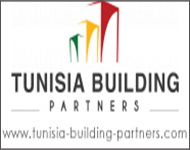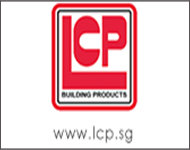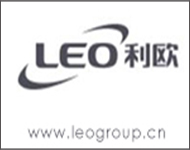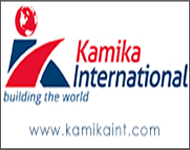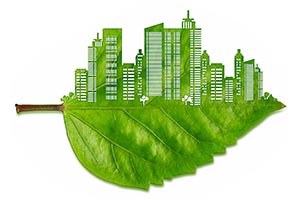 In this exclusive ESI Africa study, we look at the market for green building materials as a strategy to encourage sustainable development in Africa.
In this exclusive ESI Africa study, we look at the market for green building materials as a strategy to encourage sustainable development in Africa.
The building sector promotes national development and expansion while also contributing to environmentally unfriendly and unsustainable development, which has a negative impact on the economy and the environment. Green building materials (GBM) are being used by the construction industry to stimulate investment and opportunity in sustainable development. This is true of the African building sector as well.
According to a new Future Market Insights research, the global green building materials system business is predicted to rise at an 11.8 percent CAGR from 2022 to 2032. Green construction in South Africa saves energy and water, enhances asset value and profitability, lowers operating expenses, lowers life cycle energy costs, and boosts business recognition.
Green building materials are increasingly being employed in the construction sector due to their societal advantages.
The structures are visually beautiful and improve inhabitant comfort and health. Because it is a new and inventive technology, it creates more job prospects, particularly for locals who work in research and development. Researchers are attempting to reduce greenhouse gas emissions and create techniques for converting existing structures to green buildings.
Bamboo is a high-quality, ecologically friendly construction material. Some plants have been recorded to grow up to three feet in 24 hours, indicating how fast they self-generate. The plant develops and spreads without needing to be replanted after harvest. Bamboo is a perennial plant that grows on all continents except Europe and Antarctica.
In addition to having a higher strength-to-weight ratio, it is more robust and lasts far longer than concrete and brick, and it has a significantly lower carbon footprint. As a result, it is the favoured environmentally friendly solution for flooring and cabinets. Bamboo, on the other hand, takes extra care to avoid rot and insects. If left untreated, bamboo contains starch, which attracts insects, and it may expand and shatter once wet.
A precast concrete slab is manufactured at the factory and sent in parts to the construction site. They are composed entirely of concrete, like concrete blocks, but have several empty areas within. Precast concrete slabs may be used for floors and flat roofs in addition to walls and facades since they can endure all types of weather.
Concrete is both an efficient technique to manage heat within a building and an inexpensive building material. Precast concrete slabs are more sustainable than many typical concrete choices since they require less energy to make and build. Concrete may also cure correctly in a controlled environment rather of being exposed to unfavourable weather conditions on the construction site by precasting it. As a consequence, precast concrete slabs prevent fractures and structural flaws in the concrete, which might lead to destruction in the future.
This material is ecologically sustainable since it is made from naturally obtained raw materials such as stones, sand, gravel, and cement. It is also resistant to explosions, earthquakes, and other natural calamities, resulting in considerable reductions in carbon emissions.
The versatility of precast concrete components will enable architects and engineers to create a broader range of structures while also providing a faster return on investment. Aside from the potential in South Africa, Angola and Kenya are said to be studying precast concrete production to satisfy their housing and building demands.
Cities all across the world are pledging to transition to renewable energy and green construction materials as public awareness of the environmental effect of fossil fuels develops.
Africa is not an exception when it comes to developing green buildings by using cleaner and more ecologically friendly construction materials. A variety of green buildings have been constructed across the continent as a consequence of the usage of such green construction materials.
Green building materials provide environmental benefits such as ecosystem and biodiversity protection, improved water and air quality, preservation, decreased waste, restoration of natural and renewable resources, and reduced heat gain. Green buildings may minimise running costs, increase tenant productivity, and optimise economic performance during their lifetime, in addition to establishing new markets for sustainable products and services. Green buildings provide a direct economic advantage in the form of a shorter payback time, a faster return on investment, lower running costs, and greater rent for the owner or developer. As a result, African countries rely on these benefits, which are causing revolutionary changes in the building sector.
Posted on : 30 Jul,2025
 In this exclusive ESI Africa study, we look at the market for green building materials as a strategy to encourage sustainable development in Africa.
In this exclusive ESI Africa study, we look at the market for green building materials as a strategy to encourage sustainable development in Africa.





